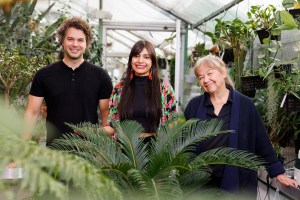Science & Tech
-

Rethinking — and reframing — superintelligence
Microsoft researcher says separating AI from people makes systems dangerous and unproductive
-
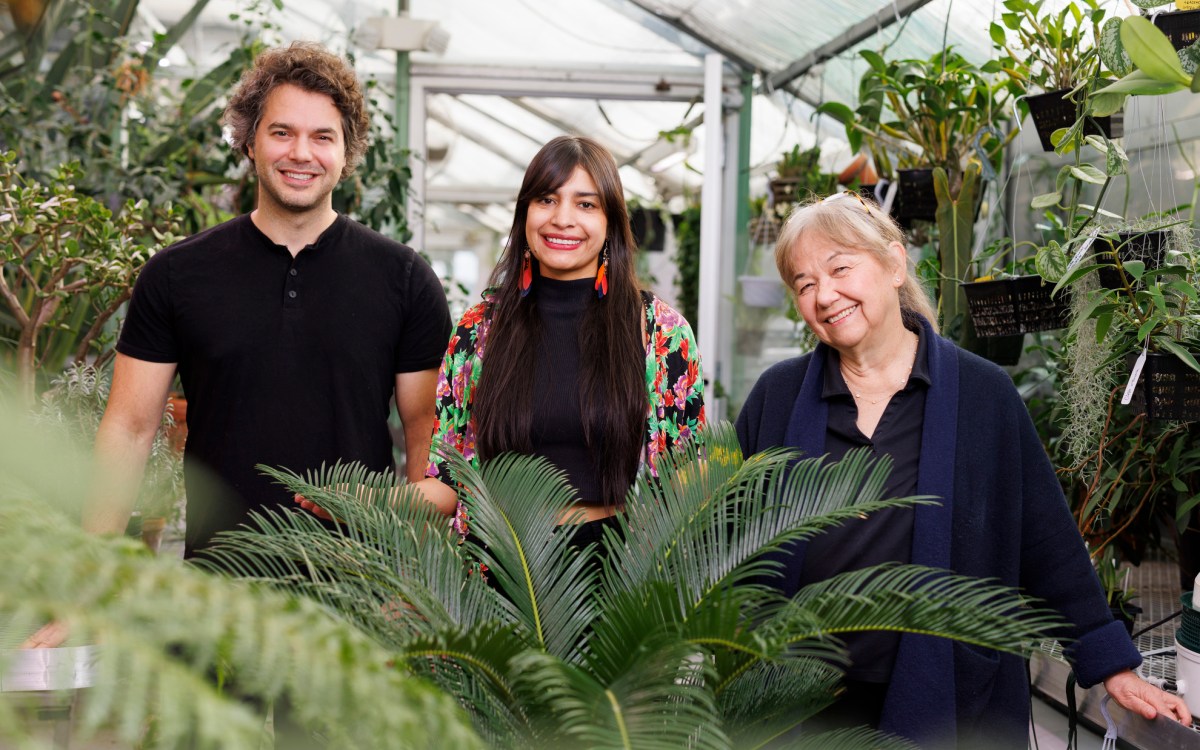
First, male gets heated up, then female, and then, you know
Study shows infrared radiation from plants serves as invitation to pollinating insects
-

‘Consciousness’
What we know and don’t know about the life of your mind
-
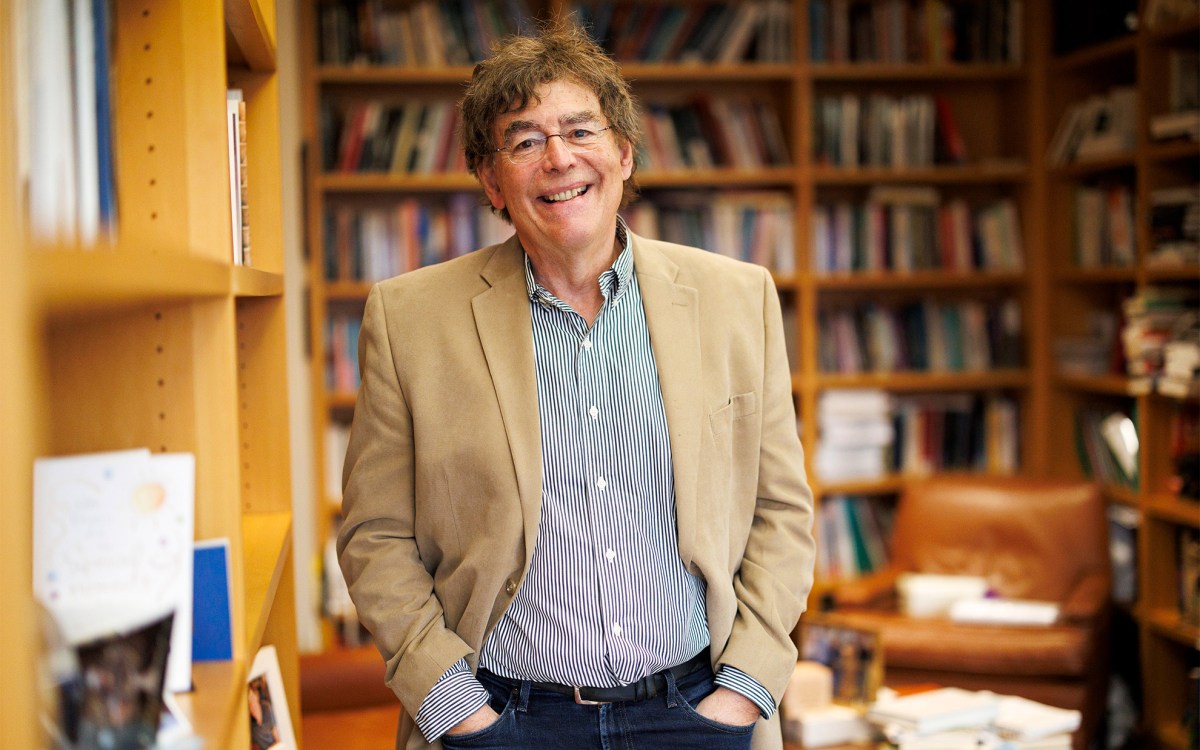
Science needs contrarians, and contrarians need support
Institute of Quantitative Social Science initiative tailored to researchers exploring provocative ideas
-

Cracking the code of why, when some choose to ‘self-handicap’
New research also offers hints for devising ways to stop students from creating obstacles to success

-
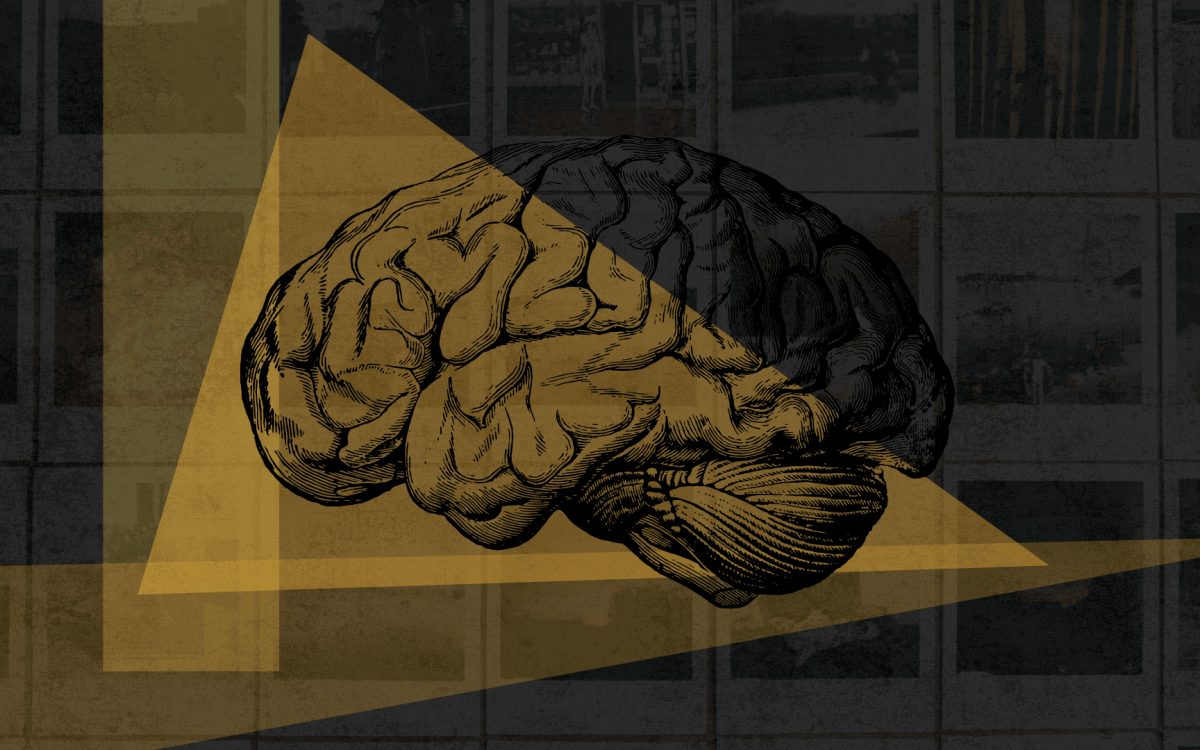
How memory works (and doesn’t)
In podcast, scientists explain why remembering is more reconstruction than replay
-
An idea that changed the world
Harvard celebrates the 100th anniversary of a computational principle that was little noticed in its time, but that underlies all of modern science.
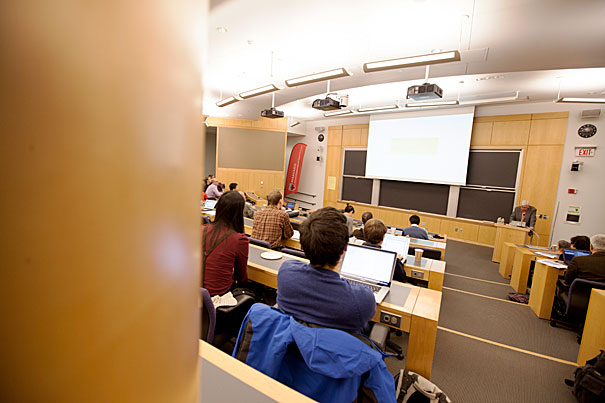
-
An early sign of spring, earlier than ever
Record warmth in 2010 and 2012 resulted in similarly extraordinary spring flowering in the eastern United States — the earliest in the more than 150 years for which data is available— researchers at Harvard University, Boston University, and the University of Wisconsin have found.
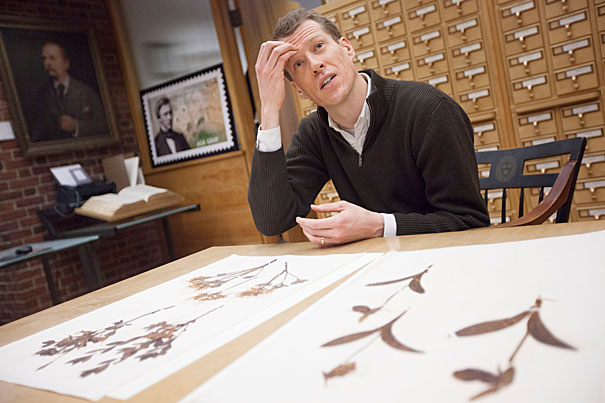
-
First ‘bone’ of the Milky Way identified
Astronomers have identified a new structure in the Milky Way: a long tendril of dust and gas that they are calling a “bone.”
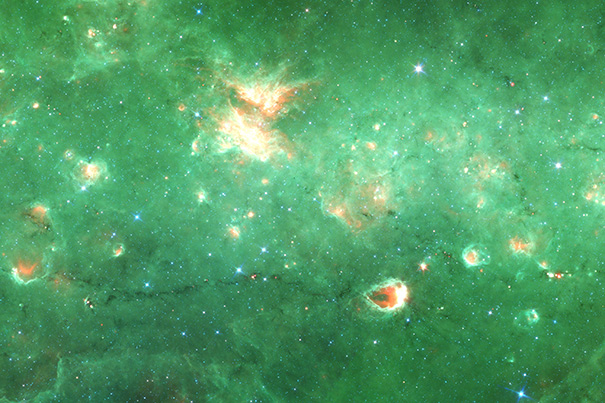
-
Search for Earth’s twin shows promise
The quest for a twin Earth is heating up. Francois Fressin, of the Harvard-Smithsonian Center for Astrophysics (CfA), presented the new analysis of Kepler data that shows that about 17 percent of stars have an Earth-sized planet in an orbit closer than Mercury.
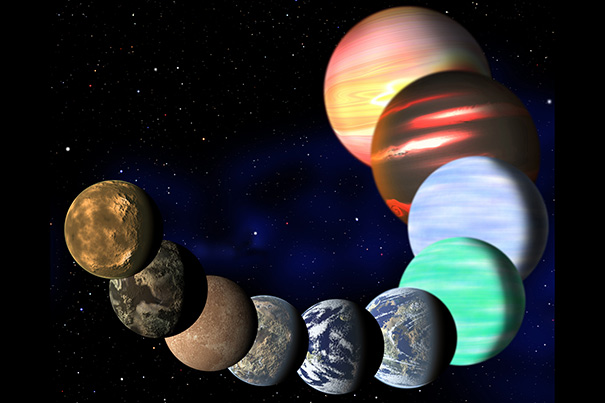
-
Building a better machine
Students in the “Physics and Applied Physics Research Freshman Seminar” labored hard to improve on a model heat engine, continuing the work of a previous class.
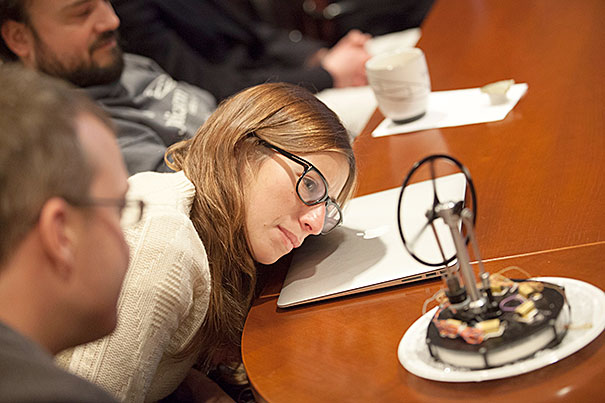
-
Climate change on world stage
In a question-and-answer session, Professor Robert Stavins discusses the recent international conference on climate change, and the prospects for nations to reach agreement on a plan to confront it.
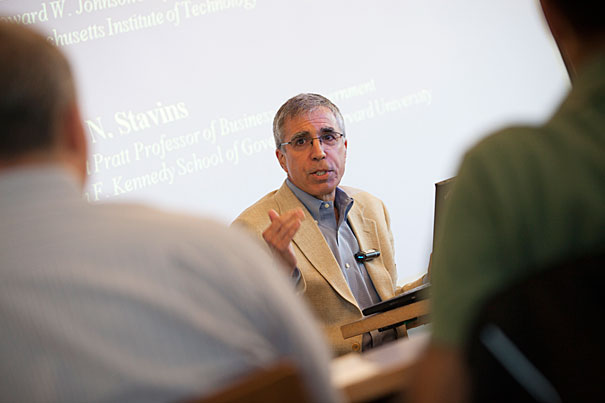
-
Corn in a changing climate
Harvard researchers have concluded that omitting the adaptive ability of crops from assessments of potential damages from a warming climate could substantially overestimate losses to U.S. maize yields.
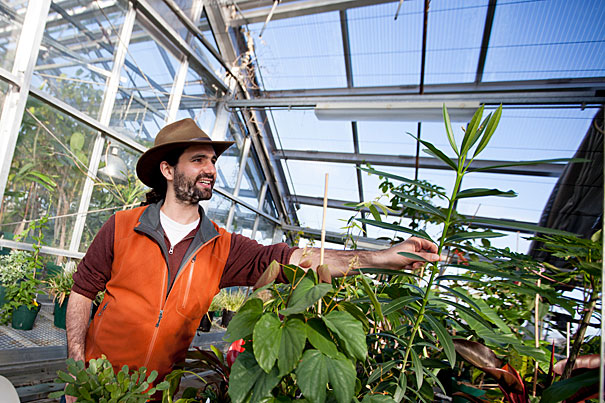
-
A military base, reborn
Harvard design students imagine multiple futures for a longtime New England military base.

-
Lessons for the next Sandy
Disaster relief dollars flowing to those affected by hurricanes like Sandy and Katrina represent an important opportunity to ensure that communities are better able to withstand the stronger storms and higher seas likely coming as climate change worsens, panelists said.

-
A notion to cool the skies
An international regulatory framework is needed to govern possible research and deployment of engineering approaches to counter climate change, an authority on environmental law says.
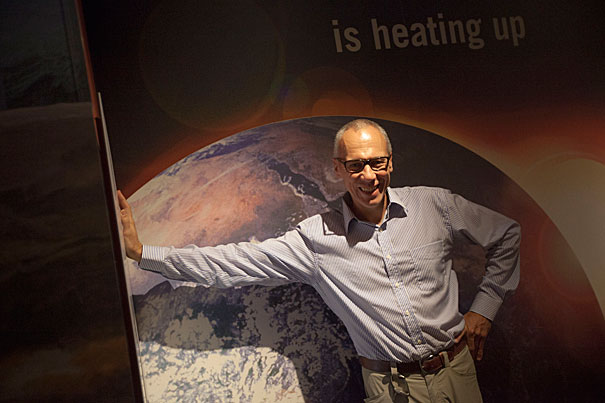
-
For a day, geek is chic
Hundreds of students — hackers and newcomers alike — showed off their programming chops at Monday’s CS50 Fair, a raucous exhibit of mobile apps, websites, and other projects created for Harvard’s wildly popular computer science class.
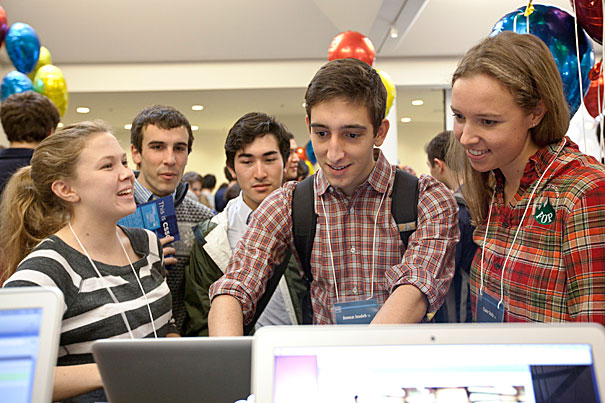
-
AA benefits vary between sexes
A new study finds differences in the ways that participation in Alcoholics Anonymous helps men and women maintain sobriety.

-
Reality of rising sea levels
Harvard Law School Professor David Barron offered a range of ideas as he addressed the challenges presented by rising sea levels.
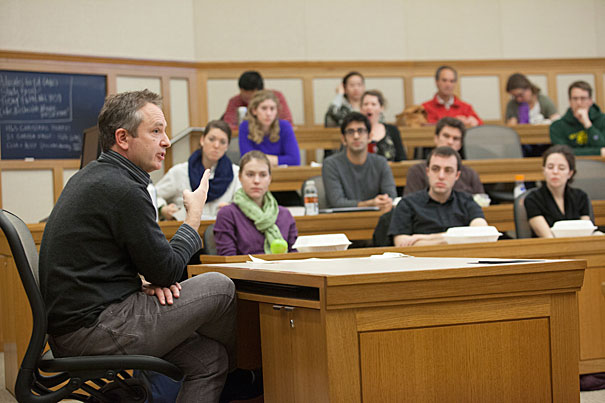
-
Two Harvard teams win energy grants
Two Harvard-led teams are among the 66 selected by the Department of Energy’s Advanced Research Projects Agency – Energy (ARPA-E) that will receive a total of $130 million in funding through its OPEN 2012 program, which is designed to support innovative energy technologies.
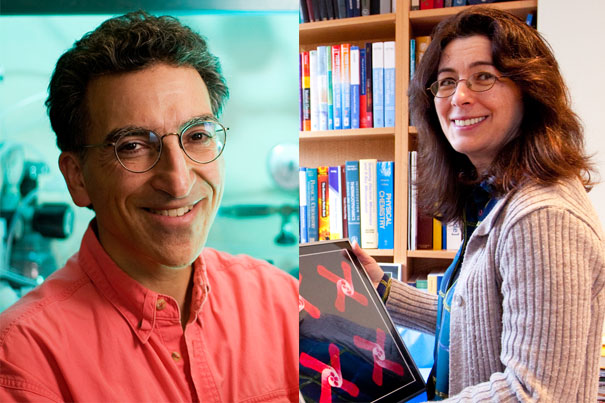
-
Building with DNA bricks
Researchers at the Wyss Institute for Biologically Inspired Engineering at Harvard University have created more than 100 3-D nanostructures using DNA building blocks that function like Lego bricks — a major advance from the two-dimensional structures the same team built a few months ago.
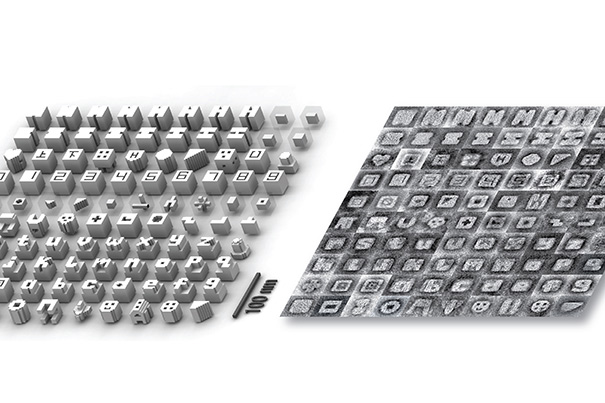
-
New device hides from infrared cameras
A new device invented at the Harvard School of Engineering and Applied Sciences (SEAS) can absorb 99.75 percent of infrared light that shines on it. When activated, it appears black to infrared cameras.
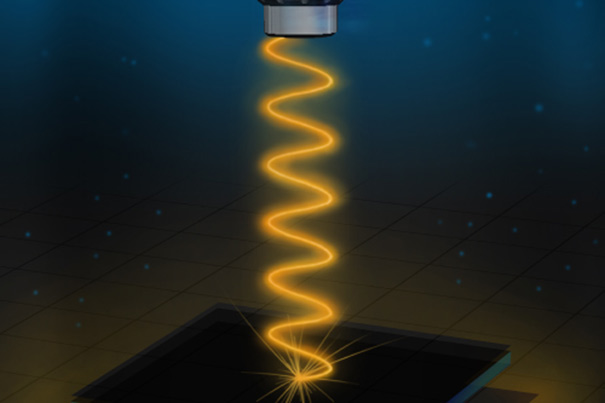
-
Ancient Iraq revealed
Jason Ur, the John L. Loeb Associate Professor of the Social Sciences, earlier this year launched a five-year archaeological project — the first such Harvard-led endeavor in the war-torn nation since the early 1930s — to scour a 3,200-square-kilometer region around Irbil, the capital of the Kurdish region in northern Iraq, for the signs of ancient cities and towns, canals, and roads.

-
Steps toward sustainable seafood
Harvard University Dining Services has turned its attention to sustainable seafood, an effort that may lead to new institutional standards for purchasing.
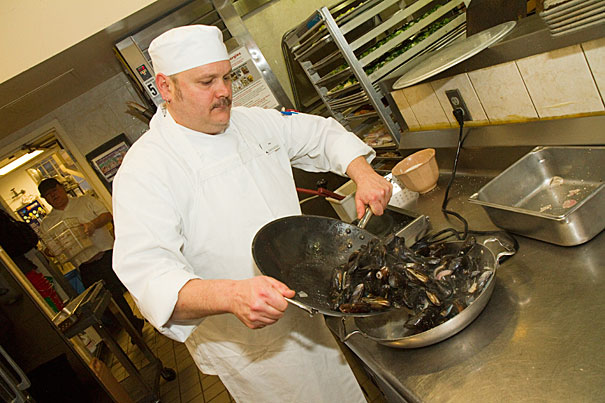
-
Ways of seeing
Harvard scientist Margaret Livingstone uses works of art to explore the workings of the brain.
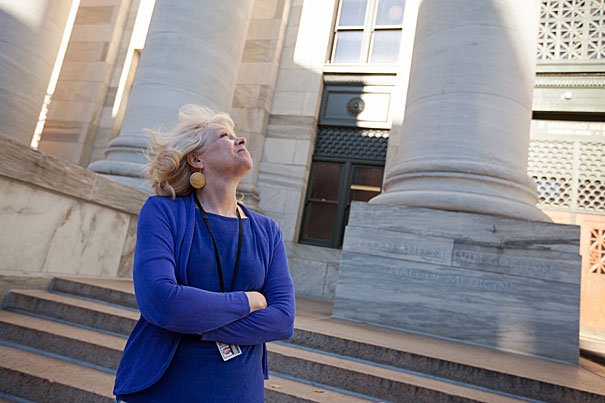
-
Tipping science on its head
Scientist and Princeton University President Shirley Tilghman argued for a new approach to teaching science to college students, introducing it earlier in the learning process.

-
When the sky turned black
Director Ken Burns presented clips of his new documentary on the Dust Bowl at Harvard’s Boylston Hall, talking about the creative process that he uses in his films.
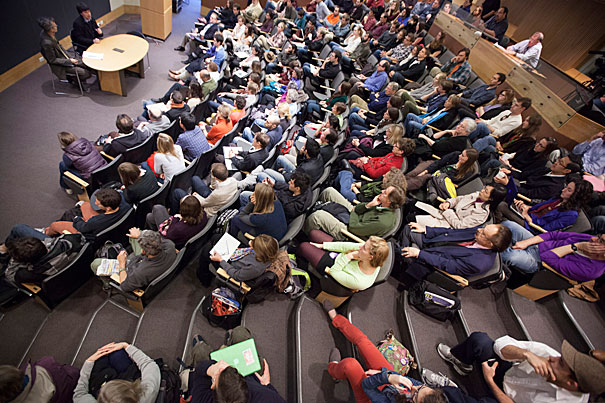
-
Taking Charge with cellphones
Harvard architecture student Jeffrey Mansfield launches a project designed to combine solar power and smartphones to protect the Amazon basin, link forest entrepreneurs, and give Amazonian people a voice in the world.

-
Catch and release
Researchers designed a chip that uses a 3-D DNA network made up of long DNA strands with repetitive sequences that — like the jellyfish tentacles — can detect, bind, and capture certain molecules.

-
Intelligent Earth
Once its axis tilts, how does the Earth “know” to return to its normal orientation? Work by Harvard researchers provides some answers.
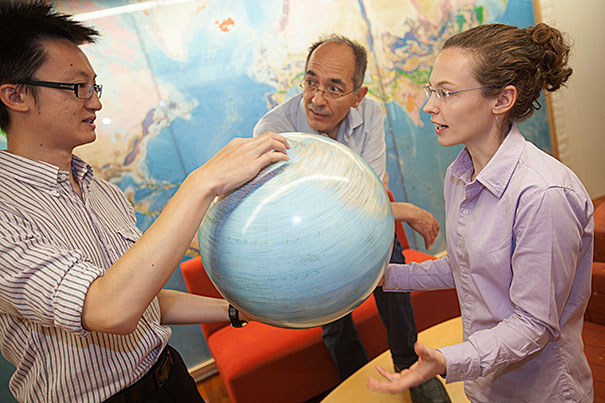
-
Hello again, climate change
Superstorm Sandy’s hurricane winds and torrential downpours killed at least 106 people, left millions without power, and caused billions of dollars in damage. It also got people talking again about climate change.

-
How Google sees the race
Seth Stephens-Davidowitz, a Ph.D. student in economics, uses Google Insights for Search, an online tool for extracting data from the millions of daily Google searches, and then uses statistical tools to analyze the data to gain insights on who is likely to vote and on voter turnout on Election Day.
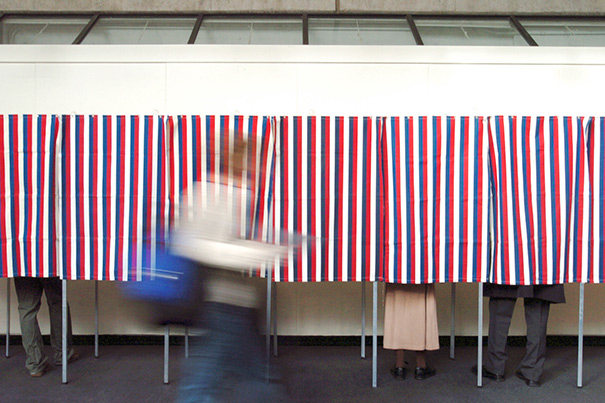
-
Crossing the river of myths
Grasp the right facts, said a renowned medical statistician, and the world is more complicated and interesting, with fewer myths that divide one region from another.
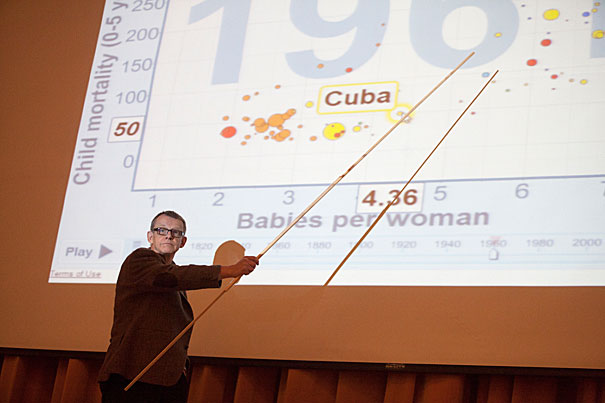
-
Unearthing a dietary behavior
A new Harvard study says that pica — and particularly geophagy, or the eating of soil or clay — is far more prevalent in Madagascar, one of the few areas of the world where it had gone unreported, than researchers previously thought. The research also suggests that the behavior may be more prevalent worldwide, particularly among men, than earlier believed.

-
Good day, moons
CfA fellow David Kipping is heading a hunt for astronomical bodies at the edge of our ability to detect them: moons circling planets in other solar systems.

-
Cautious geohacking
By tailoring geoengineering efforts by region and by need, a new model promises to maximize the effectiveness of solar radiation management while mitigating its potential side effects and risks.


